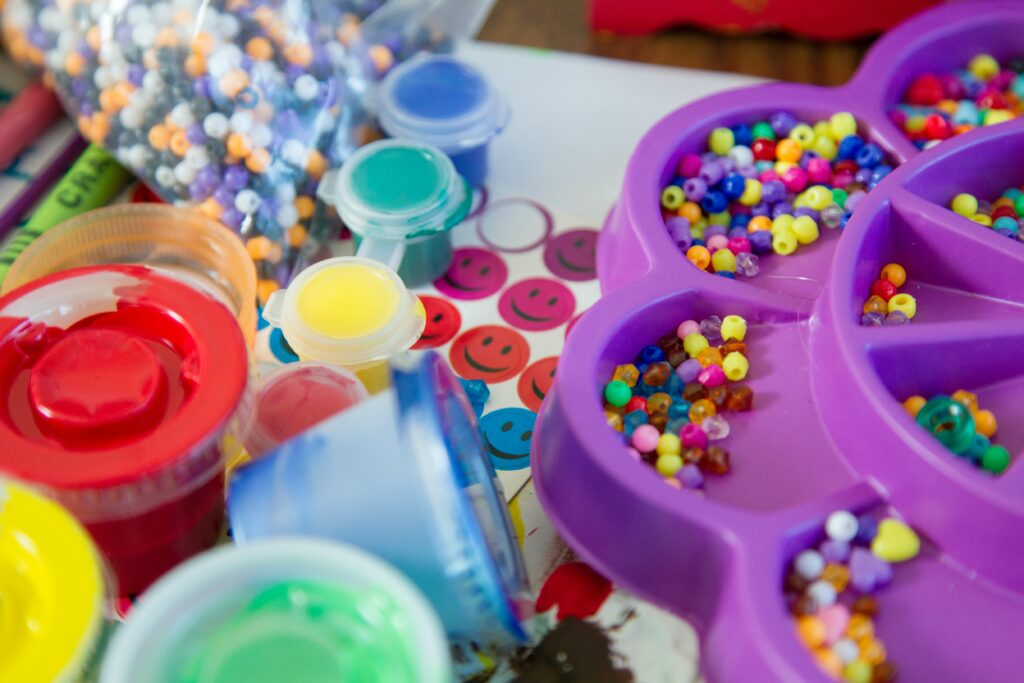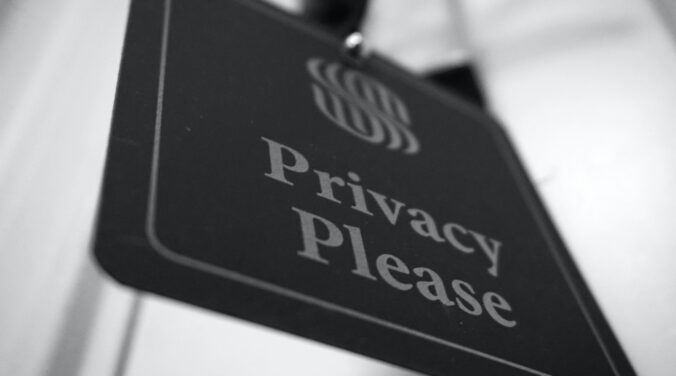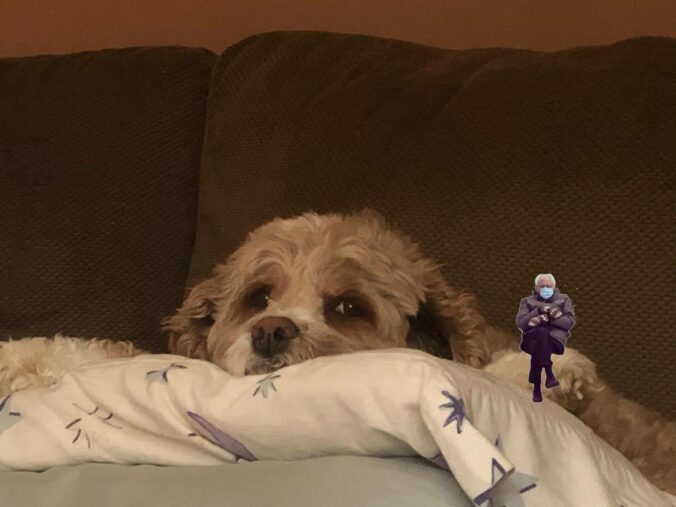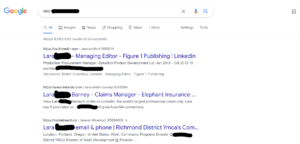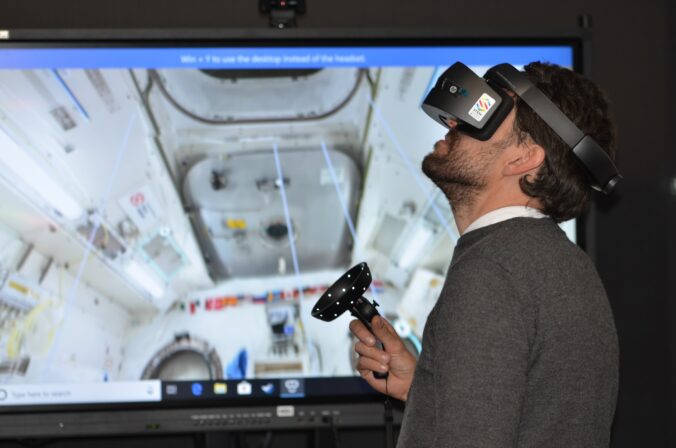Week one was a standard first week. During class, we went over the syllabus and learned a little more about what types of technology we will learn and use. I believe this week I made about five different accounts, so I am definitely ready for the rest of the semester!
For the readings this week, we read about privacy and safety when using technology in classrooms. This was really interesting to me as I have always read the privacy waver at the beginning of school years, and this gave me an inside look as to why those forms get sent home. It was interesting to read the different articles on safety when using blog websites and FIPPA; however, there was a lot of technical talk in the articles. I am looking forward to Tuesday when the teacher will explain privacy in more detail.
Talking about privacy is important to me since I remember different students, including me, would get freaked out by the photo waiver at the beginning of the school year. By learning about privacy, I hope that I can explain the reasoning about those forms and where their pictures and information might be going so they do not get anxious having their photos online like me and my classmates did.
For the next class, we watched the documentary Most Likely to Succeed, directed by Greg Whitely. This movie was fascinating as it showed the growing impact of technology on schools and a look at different school systems and teaching styles. The documentary focussed on a high school called High Tech High. High Tech High is a Charter School that hires teachers on a yearly contract and allows them complete control over how they want to teach their classrooms. There is a lot of project work at the school rather than tests to help students learn more about soft skills such as communication and teamwork, rather than memorizing facts for a test. They are still gaining all the knowledge they need to graduate; however, students learn different skills to help them throughout life.
Personally, I like the teaching styles represented in the documentary. From my high school, not everyone went to university after getting their diploma. Some decided to take a gap year, and others decided to go straight into work. As they mentioned in the movie, university is not required to get a job and be successful anymore. If high school were to teach more soft skills, students would be more prepared if they would like to go to college or if they are done with school. By teaching soft skills, schools cater to all students while still teaching them the knowledge that can be used later in life. Not everything in the curriculum will be useful depending on the job you have in the future. For example, if I was going to be an author, I might not need geometry in my life. However, if you teach students how to apply math to taxes, rent, time, etc., it will be useful for all students in the future.
High Tech High also teaches students using projects instead of tests, which allows them to develop their passions and learn more about themselves.
Photo by Laurens Derks on Unsplash
